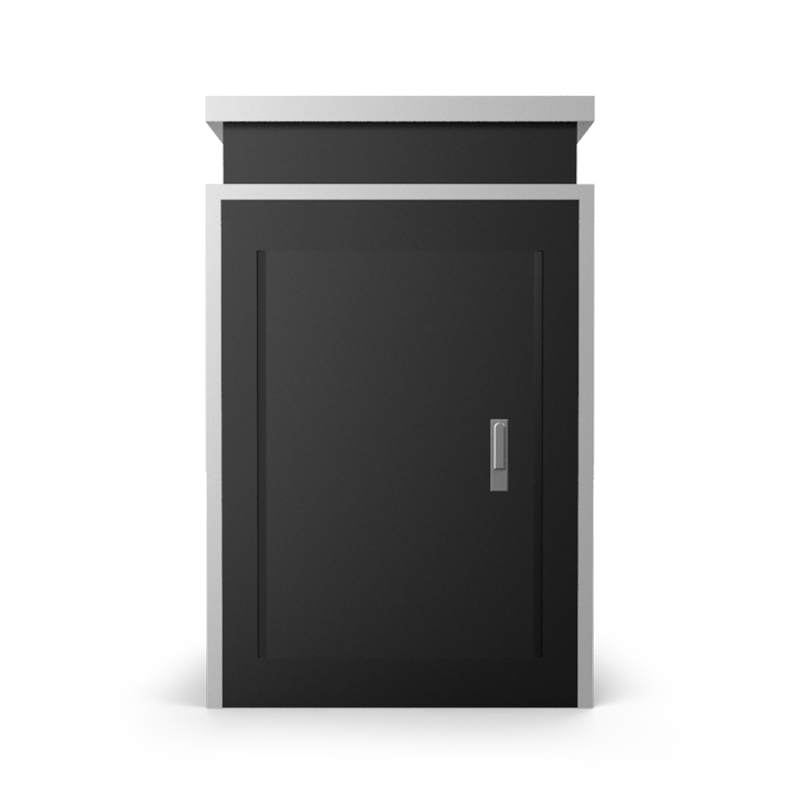Tianqiong Sensor IOT Technology Co., Ltd
Sales Manager:Ms. Emily Wang
Cel,Whatsapp,Wechat:+86 15898932201
Email:info@fengtutec.com
Add:No. 155 Optoelectronic Industry Accelerator, Gaoxin District, Weifang, Shandong, China

Sales Manager:Ms. Emily Wang
Cel,Whatsapp,Wechat:+86 15898932201
Email:info@fengtutec.com
Add:No. 155 Optoelectronic Industry Accelerator, Gaoxin District, Weifang, Shandong, China

Model:FT-SD4
Brand:tianqiong
1.Rice seedling disease monitor product description
Rice seedling disease monitor is a monitoring device used in rice fields. It captures and counts pathogen spores to detect and identify rice seedling disease.The seedling disease monitor collects the growth environment of the rice planting area and predicts the incidence of rice diseases based on the built-in model of the system.The equipment is mainly composed of a spore capture device, a spore carrying device, an image acquisition device, a network transmission module, a power supply and lightning protection system.Realize remote automatic capture of spore information of vicious seedlings, automatic rotation of glass belt, automatic collection, automatic microscopic imaging and photography, automatic upload of picture data, automatic operation and other functions.Provide services for modern agriculture, meet the needs of disease prediction and specimen collection, and prevent and treat the occurrence of diseases in a timely manner.
2.Performance characteristics of Rice seedling disease monitor
1.Stainless steel plastic-sprayed shell, 15-inch ultra-large high-definition capacitive touch screen, windows operating system, with a good human-computer interactive interface.
2.A 12 million pixel magnification microscopy system can automatically perform high-definition microscopic shooting of captured bacterial spores.The clarity of the captured image can meet the requirements of artificially identifying bacterial spore species.
3.The device automatically captures bacterial spores 24 hours a day, automatically captures the captured bacterial spores, and automatically selects the best picture to upload.
4.Fully intelligent automatic microscopy imaging system can automatically adjust the camera's shooting angle to achieve all-round and blind-angle imaging of the glass belt.
5.It can realize the automated operation of the entire process from glass belt loading, bacteria spore capture, microscopy imaging, and glass belt recycling.
6.Equipped with an extra-long special glass belt, which can meet the dosage of 600 days.
7.It has multiple working modes, automatic operation mode, timing operation mode, and debug operation mode can be switched and used freely.
8.Built-in Beidou/GPS positioning function, which can upload device information to the platform in real time, and view current device parameters on the map.
9.It can monitor a number of rice blast monitoring indicators such as air temperature and humidity, atmospheric pressure, wind speed, wind direction, and rainfall in real time, and predict the incidence through the rice blast model within the system.
10.The platform and APP control equipment can be used to enter the belt, collect, microscopy imaging, and recycling.
11.Remote upgrade and maintenance: The latest programs can be automatically updated remotely without manual replacement.
12.Various data access methods: you can access the platform through the PC, view data through the mobile APP, and control device actions.
13.The 4G communication module is standard and the 5G communication module can be optionally equipped.
14.With a fault self-diagnosis mechanism, equipment failure information can be reported to the remote server in real time.After-sales personnel can view equipment failure information through the platform.
15.It can be equipped with an intelligent solar power supply management system, which can collect key information such as equipment electricity consumption, solar power generation, battery voltage, equipment load, current, etc.to upload to the server (optional).
16.It has flow alarm function.The device can be bound to the traffic card through the platform, and the alarm information can be automatically pushed when the traffic is abnormal.
3.Rice seedling disease monitor technical parameters
1.Material: GB32080-92 stainless steel;
2.Data transmission method: 4G/5G network (optional), wired network;
3.Power supply voltage: AC 220V±5%;
4.Power: 200W;
5.Timing: 5 time periods can be set;
6.Glass belt: Length: 150M Width: 0.025M can meet the dosage of 600 days;
7.Wind speed at the air collector: 0.3~5m/s;
8.Insulation resistance: ≥2.5MΩ;
9.Air temperature: -30~70℃, accuracy: ±0.3℃
10.Air humidity: 0~100%, accuracy: ±3%
11.Wind speed: 0~30m/s, accuracy: ±0.1m/s
12.Wind direction: 0-359° Accuracy: ±1°
13.Rainfall: 0~4mm/min, error: ±0.1mm
14.Atmospheric pressure: 0-1100hpa, accuracy: 0.1hpa
There is a hidden hazard invisible to the naked eye in solar photovoltaic panels —— hidden cracks. This hazard can negatively impact the performance and lifespan of photovoltaic power generation systems. Let’s take a detailed look at it.Hidden cracks refer to fine cracks that occur in the cells o...
In today's society, people are paying increasing attention to air quality. As an important component of the air, the measurement of negative oxygen ions is of great significance in many aspects. Firstly, negative oxygen ions can effectively purify the air by combining with particulate matter, ba...
Negative oxygen ions are negatively charged particles formed when oxygen molecules combine with free electrons through natural processes. Known as the "air freshening factor", they not only purify the air but also regulate human health. They can adsorb dust and odor molecules, and improve...
A cleanroom is a sealed space where parameters such as air cleanliness, temperature, humidity, and pressure are strictly controlled. It is widely used in industries with harsh environmental requirements, such as electronics, pharmaceuticals, healthcare, and biotechnology. Through special air purific...